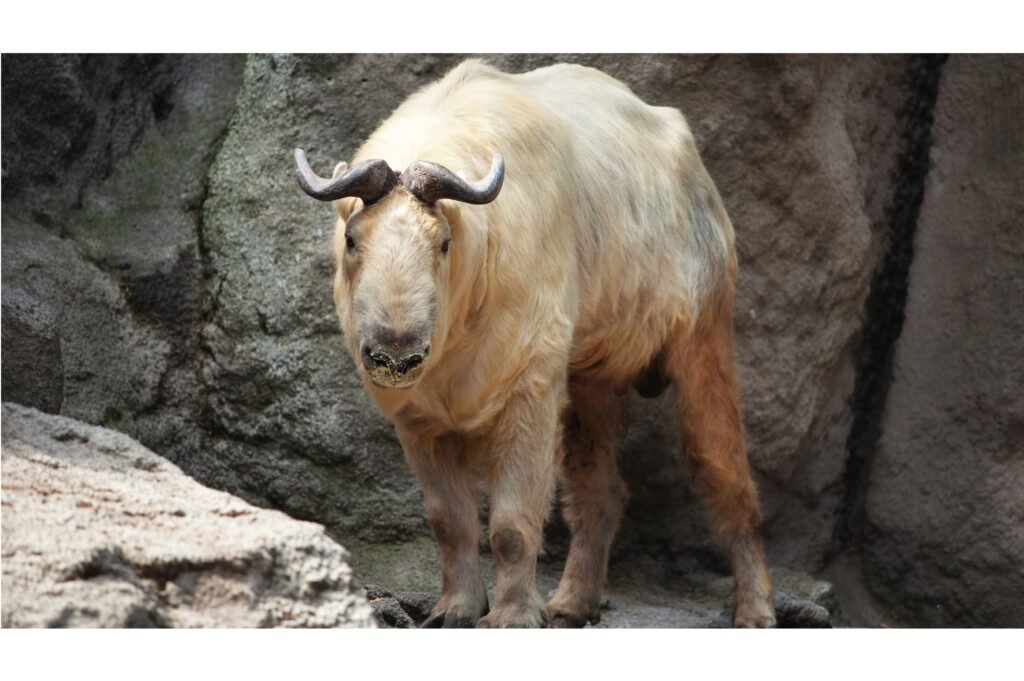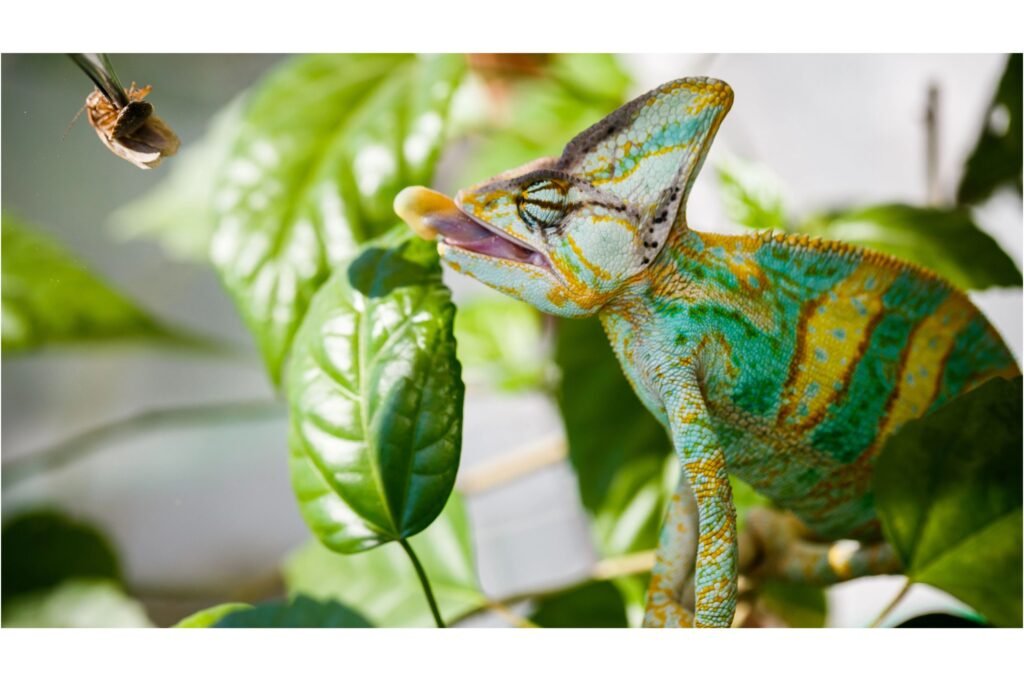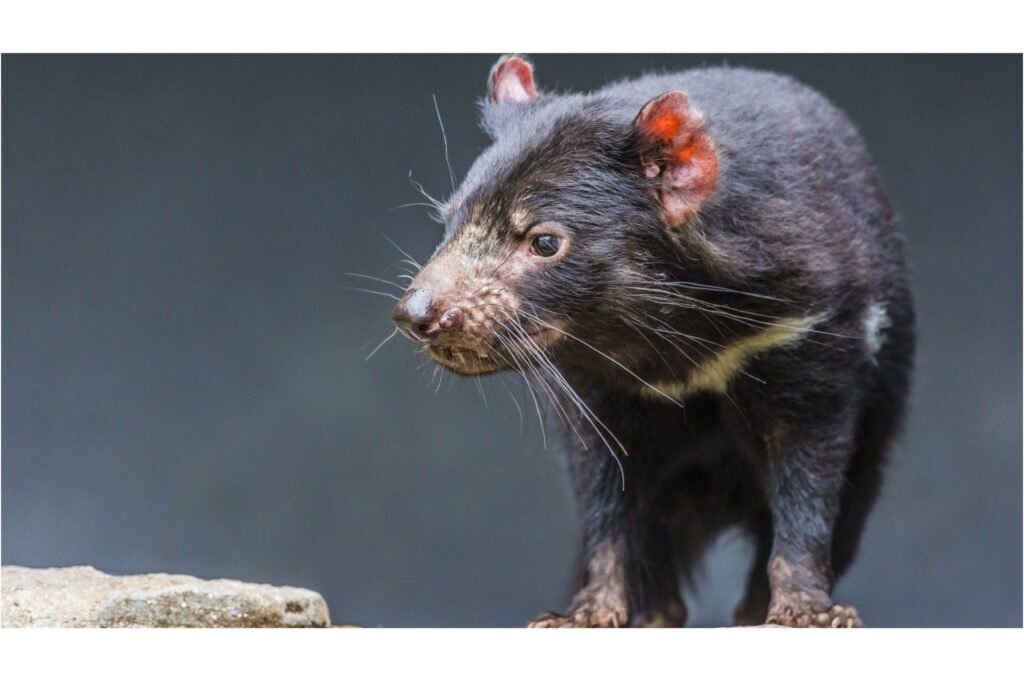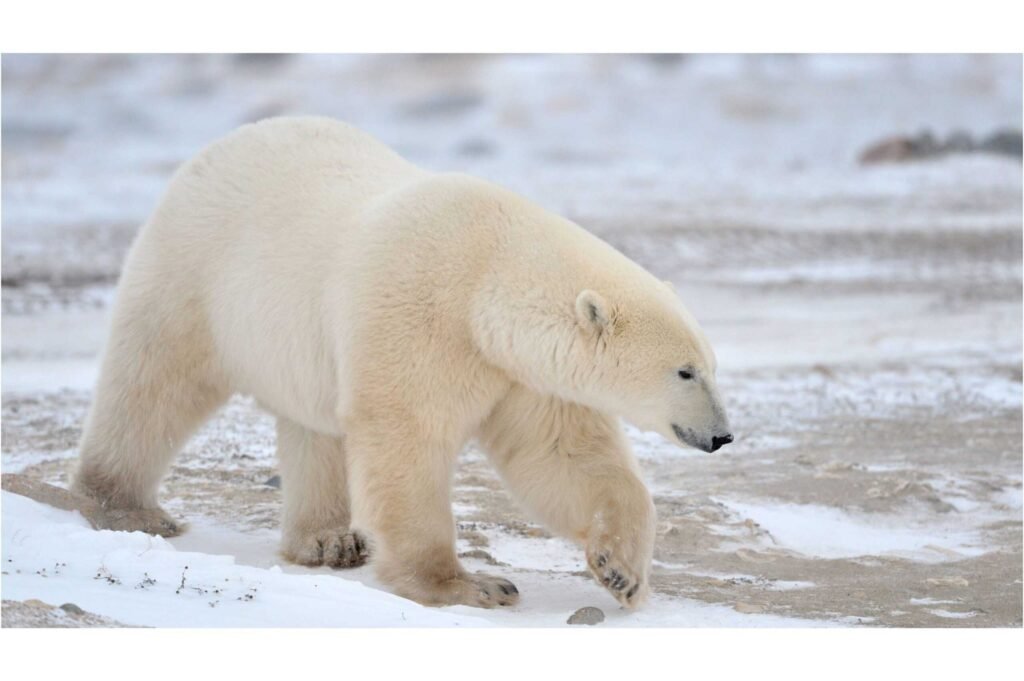Genomics has revolutionized our understanding of biology, providing insights into everything from human health to biodiversity. One of the most intriguing areas of study is the genomic research conducted on wild animals. This field uncovers genetic secrets that shape survival strategies, evolutionary adaptations, and even our understanding of ecosystems. With advanced technology making genome sequencing more accessible, scientists are delving into the genes of creatures large and small, unlocking secrets that have remained hidden for millennia.
The Basics of Genomics

Genomics is the study of an organism’s complete set of DNA, including all its genes. This genetic blueprint is fundamental to understanding how living things function, adapt, and evolve. Advances in sequencing technology have made it possible to study genomes more quickly and cheaply, allowing scientists to analyze the genomes of wild animals in their natural habitats.
Why Study Wild Animal Genomics?

Understanding the genetic makeup of wild animals is crucial for several reasons. Firstly, it helps in conserving endangered species by identifying genetic diversity and health. Secondly, it provides insights into evolutionary processes, helping us understand how species adapt to environmental changes. Lastly, it contributes to the discovery of new genes and biochemical pathways that might have practical applications, e.g., in medicine or agriculture.
Tools and Techniques in Wild Genomics

The study of genomics in wild animals relies on tools such as high-throughput sequencing, bioinformatics, and comparative genomics. High-throughput sequencing allows researchers to quickly sequence entire genomes, while bioinformatics helps in analyzing and interpreting the massive amounts of data generated. Comparative genomics compares the genomes of different species to understand similarities and differences in genetic makeup.
Key Discoveries in Wild Animal Genomics

One of the remarkable findings has been the discovery of genetic adaptations to extreme environments. For instance, genomes of Antarctic icefish have revealed unique adaptations to freezing water, such as antifreeze proteins. Similarly, the Tibetan antelope’s genome highlights adaptations for high-altitude survival, like efficient oxygen utilization.
The Role of Epigenetics

Epigenetics, the study of changes in gene expression without altering the DNA sequence, plays a significant role in adaptation and survival. In wild animals, epigenetic mechanisms can help individuals adapt to rapidly changing environments by turning certain genes on or off. Researchers are now starting to explore how these processes are regulated in the wild.
Insights into Social Behavior

Genomic studies have provided insights into social behaviors in animals. For example, research on the genomes of wild bees has uncovered genetic factors underlying their complex social structures. Similarly, studies on wolves reveal genetic variations linked to social hierarchies and pack behavior.
Conservation Genomics

Genomics plays a vital role in conservation by identifying genetic diversity within populations. This information is crucial for breeding programs and efforts to maintain healthy populations. For endangered species, genomic data can inform strategies to maximize genetic health and resilience.
Disease Resistance and Health

Genomic research in wild animals also aids in understanding disease resistance. For example, the Tasmanian devil’s genome has been studied for genetic factors that might combat a contagious facial tumor disease. Such insights are crucial for developing conservation strategies and potentially finding ways to promote resistance to diseases in other species.
Future Directions in Wild Genomics

The future of wild animal genomics looks promising with the advent of even more sophisticated technologies like CRISPR and metagenomics. These tools will further unravel genetic mysteries, leading to greater understanding and more effective conservation efforts. There’s a growing interest in creating comprehensive genome libraries for different species, which could be invaluable for future research and conservation strategies.
Conclusion

Studying the genomes of wild animals is a powerful approach to understanding the diversity of life on Earth. It not only deepens our knowledge of evolution and ecology but also aids in conservation and has the potential to inspire innovations that could benefit human society. As technology advances, the revelations from wild animal genomics promise to be ever more insightful and impactful. Just imagine the worlds we could discover!

Jan loves Wildlife and Animals and is one of the founders of Animals Around The Globe. He holds an MSc in Finance & Economics and is a passionate PADI Open Water Diver. His favorite animals are Mountain Gorillas, Tigers, and Great White Sharks. He lived in South Africa, Germany, the USA, Ireland, Italy, China, and Australia. Before AATG, Jan worked for Google, Axel Springer, BMW and others.



